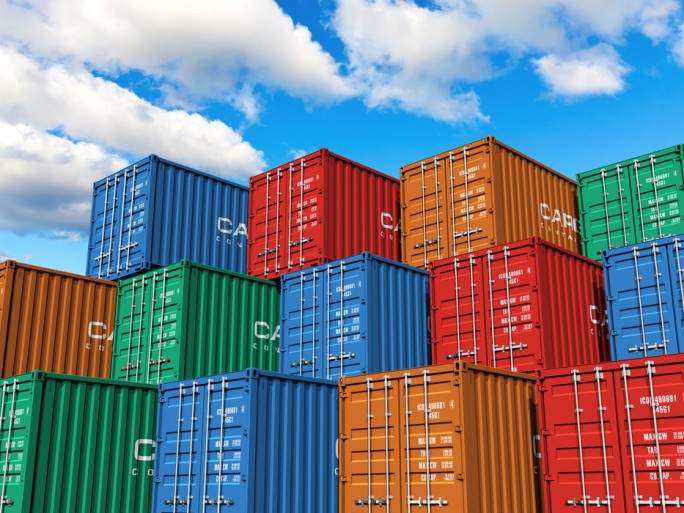During Microsoft’s Build developer conference in San Francisco last week, the company revealed that in addition to a smarter, more capable Cortana and new inking capabilities, it was adding native support for Hyper-V Containers to Windows 10. Following the meteoric rise of the open-source Docker application virtualization platform, Microsoft unveiled its own Hyper-V container technology for Windows Server nearly a year ago.
Lending further weight to Microsoft CEO Satya Nadella’s assertion that “Windows is your ultimate dev box,” Hyper-V Containers eliminate the need for Windows developers to run containers within a separate virtual machine on their systems. “This will further empower developers to build amazing cloud applications benefiting from native container capabilities right in Windows,” said Taylor Brown, a program manager in Microsoft’s Windows Hyper-V and Containers group, in an April 1 announcement.
The setup not only simplifies matters, it also helps provide coders with a consistent development environment.
Server container
“Since Hyper-V Containers utilize their own instance of the Windows kernel, your container is truly a server container all the way down the kernel,” explained Brown. “Plus, with the flexibility of Windows container runtimes containers built on Windows 10 can be run on Windows Server 2016 as either Windows Server Containers or Hyper-V Containers.” Members of the Windows Insider early-access program will soon be among the first to try out Hyper-V Containers before the feature is released to the general public, he added.
 Despite the relative newness of modern container platforms—Docker’s first release took place three years ago, though the concept goes back decades—they have already made their mark on the enterprise.
Despite the relative newness of modern container platforms—Docker’s first release took place three years ago, though the concept goes back decades—they have already made their mark on the enterprise.
Corporations, technology startups, cloud software-as-a-service (SaaS) and their software development teams are increasingly relying on Docker and other container platforms to quickly build and iterate on their applications. Last month, Docker announced that its Linux-friendly DevOps-enabling container technology would soon run natively in both Windows and Mac. Currently, the functionality is in private beta.
On the Docker front—Microsoft partnered with Docker to bring support for the container virtualization engine to Windows Server in 2014—Brown also announced that along with the upcoming Windows Server 2016 Technical Preview 5 release, his company will make a Nano Server container OS image available for download with an updated Docker engine. Nano Server is a minimalist, cloud-friendly Windows Server installation option.
Microsoft also announced that it is replacing the container PowerShell module included with Windows Server 2016 preview builds with a new module for Docker. PowerShell is Microsoft’s command-line interface (CLI) and scripting language typically used for administrative tasks involving Windows systems.
The new module is based directly on the Docker engine’s REST interface, providing users with a choice between the Docker CLI, Microsoft’s own PowerShell or both, said Brown. “We have already started development on this new module and will be open sourcing it in the near future as part of what we hope will be a community collaboration on building a great PowerShell experience for containers through the Docker engine.”
Originally published on eWeek.




